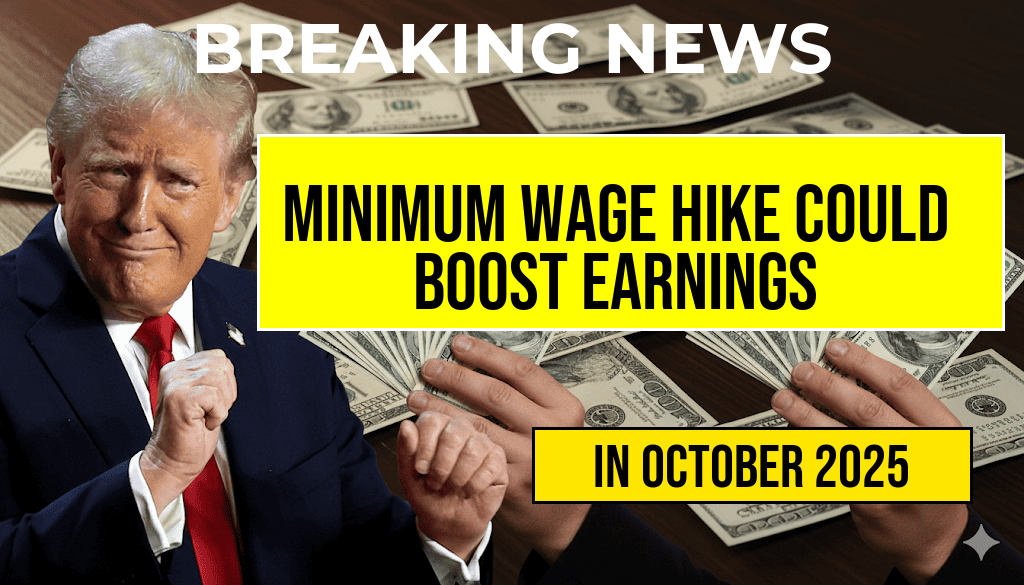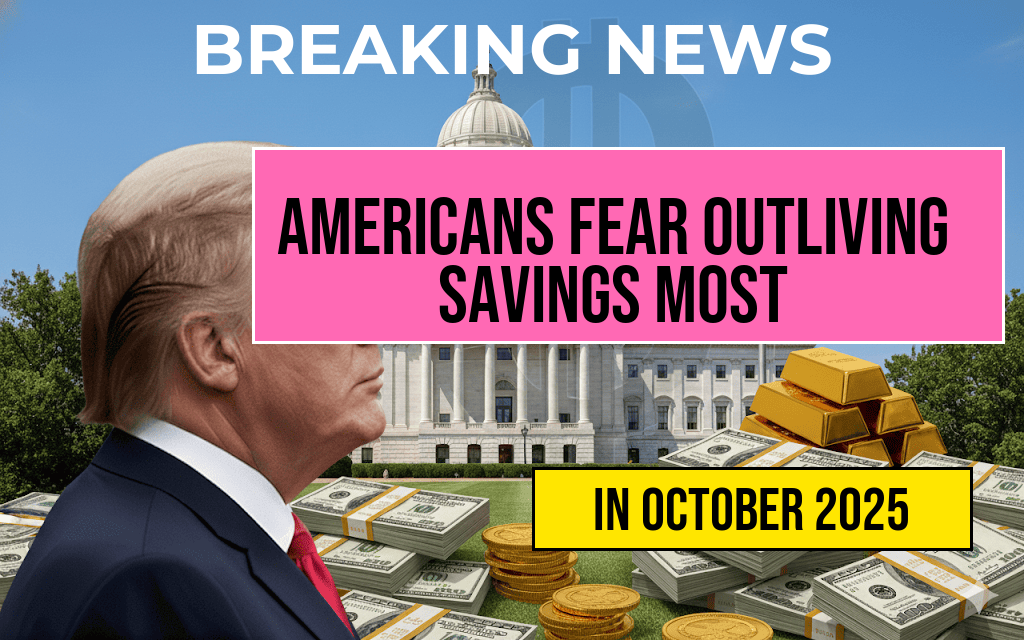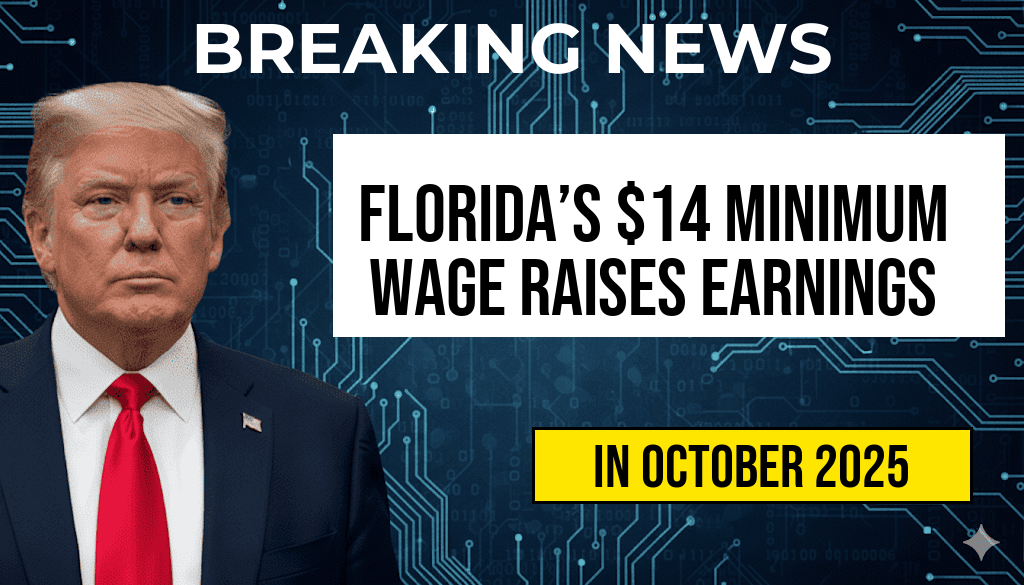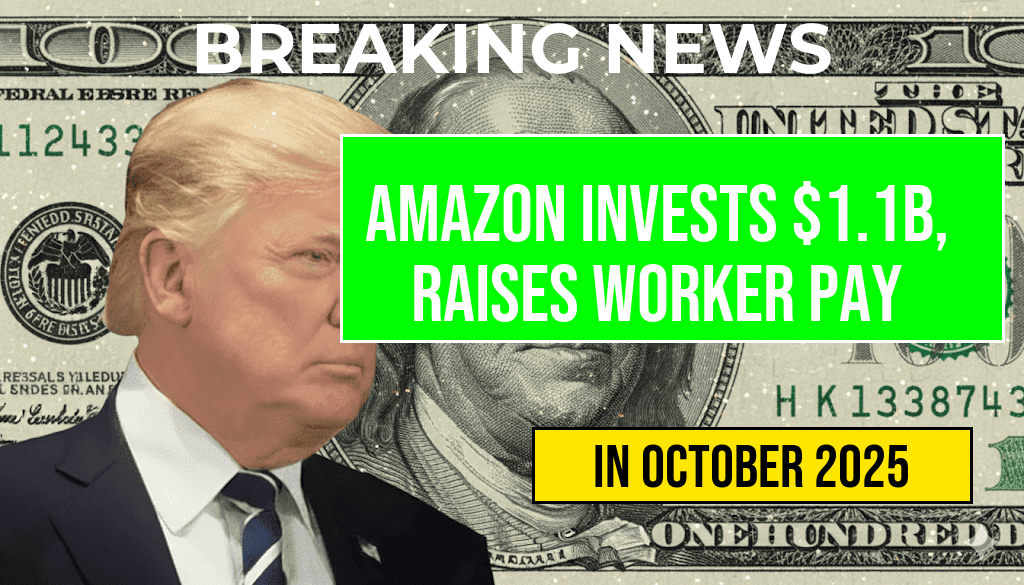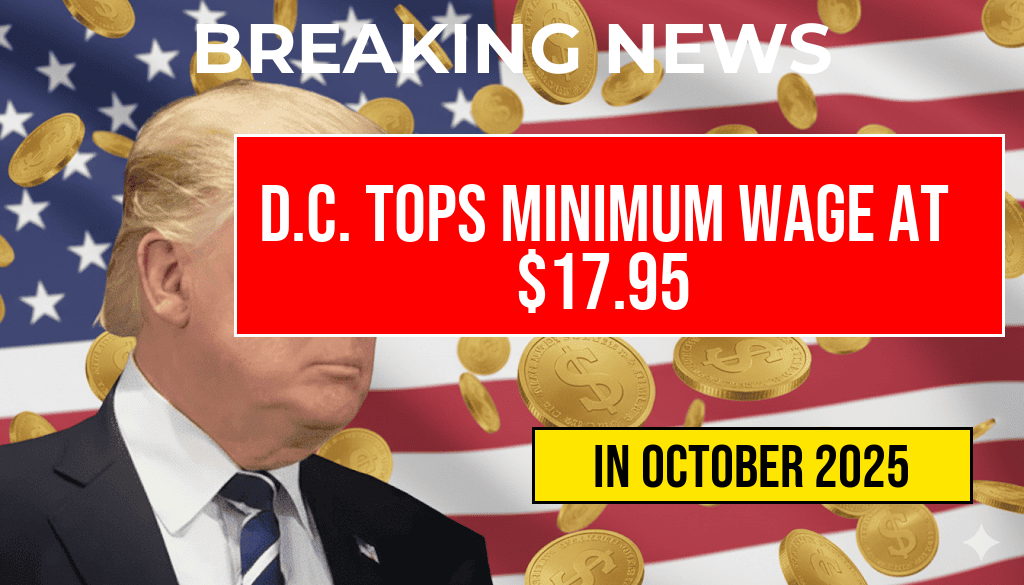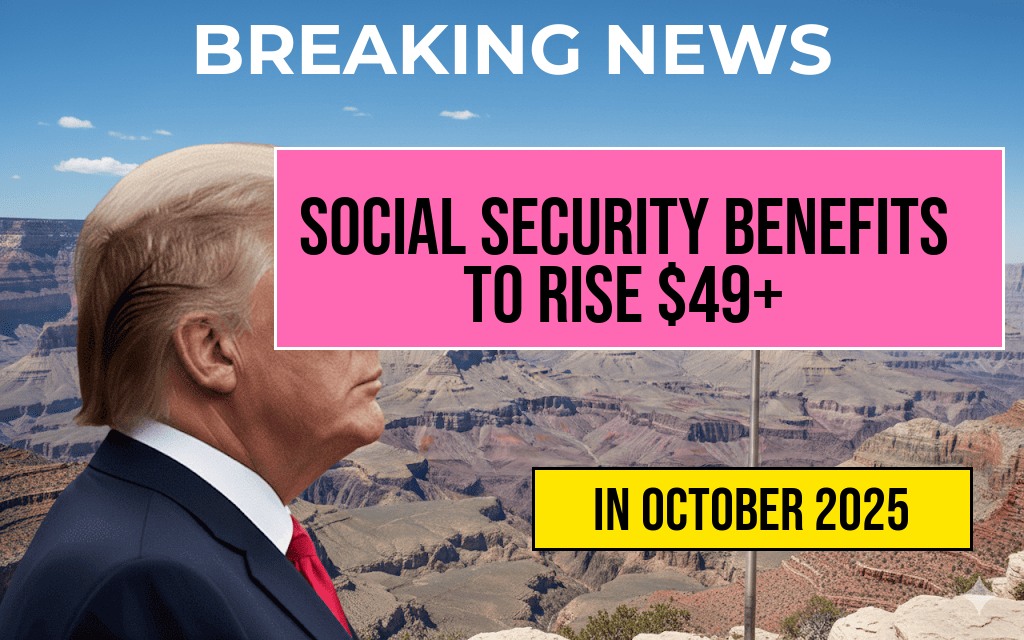A recent study indicates that raising the federal minimum wage to $15 an hour could substantially boost income for millions of workers across the United States. Specifically, it projects an increase of approximately $3,300 annually in earnings for about 32 million employees currently earning below that threshold. This potential policy shift arrives amid ongoing debates over living wages, economic inequality, and the role of government in setting labor standards. Advocates argue that such a hike could reduce poverty levels and stimulate local economies, while opponents raise concerns about potential impacts on employment and business costs.
Projected Economic Impact of a $15 Minimum Wage
Number of Workers Affected
- Approximately 32 million workers currently earn less than $15 per hour, according to data from the U.S. Bureau of Labor Statistics.
- This group constitutes roughly one-fifth of the nation’s hourly workforce.
- Most affected sectors include retail, hospitality, and food services, where low wages are prevalent.
Estimated Earnings Increase
| Number of Workers | Average Additional Annual Earnings per Worker | Total Estimated Increase |
|---|---|---|
| 32 million | $3,300 | $105.6 billion |
The $3,300 figure is based on the assumption that these workers would see a full-time, year-round increase in wages if the federal minimum is set at $15 an hour. For part-time workers or those with irregular hours, the actual boost may vary, but the overall financial uplift remains significant.
Economic and Social Implications
Potential Benefits
- Reduced Poverty: A higher wage floor could lift millions out of low-income status, decreasing reliance on government assistance programs.
- Enhanced Consumer Spending: Increased earnings typically translate into higher spending power, supporting small businesses and local economies.
- Workforce Stability: Better wages may lead to improved employee retention and morale, reducing turnover costs for employers.
Concerns and Challenges
- Employment Effects: Critics warn that a mandatory $15 minimum could lead to job cuts or reduced hiring, especially among small businesses operating on thin margins.
- Price Inflation: Some economists suggest that increased labor costs might be passed onto consumers through higher prices, impacting affordability.
- Regional Disparities: The cost of living varies across states, raising questions about whether a federal minimum wage effectively addresses local economic conditions.
Policy Context and Legislative Outlook
Efforts to raise the federal minimum wage have seen varying levels of support across political lines. The proposal to set the wage at $15 an hour gained momentum during recent legislative sessions, with some states and cities already implementing or considering similar increases independently. For instance, as of 2023, states like California and New York have established minimum wages exceeding the federal level, reflecting regional economic realities.
Legislators are divided over the potential economic impact versus social benefits. The Biden administration has expressed support for increasing the minimum wage, emphasizing its role in promoting economic fairness. Meanwhile, some business groups argue that a nationwide hike could hinder hiring and growth, especially for small enterprises.
Additional Resources and Data
- Minimum wage in the United States – Wikipedia
- Forbes: Should the Federal Minimum Wage Be Raised to $15?
As discussions continue, policymakers face the challenge of balancing economic growth with social equity. The potential for a $15 federal minimum wage to significantly increase earnings underscores the ongoing debate over fair wages and economic policy in the United States.
Frequently Asked Questions
What is the potential impact of raising the federal minimum wage to fifteen dollars?
Raising the federal minimum wage to fifteen dollars could increase annual earnings by approximately three thousand three hundred dollars for thirty-two million workers.
How many workers could benefit from the proposed minimum wage increase?
The study estimates that thirty-two million workers across the United States could see a boost in their annual earnings if the minimum wage is raised to fifteen dollars.
What is the main finding of the study regarding the minimum wage increase?
The main finding is that a fifteen-dollar federal minimum wage could result in a significant increase in annual earnings, approximately three thousand three hundred dollars per worker, benefiting millions of workers nationwide.
Which group of workers stands to gain the most from this wage increase?
Workers earning near or below the current minimum wage would likely benefit the most, experiencing the largest earnings increase from the proposed raise.
Does the study discuss any potential economic effects of raising the minimum wage?
While the primary focus is on earnings increases, the study suggests that raising the minimum wage to fifteen dollars could have broader economic implications, such as increased consumer spending and reduced poverty, though detailed effects are beyond its scope.

